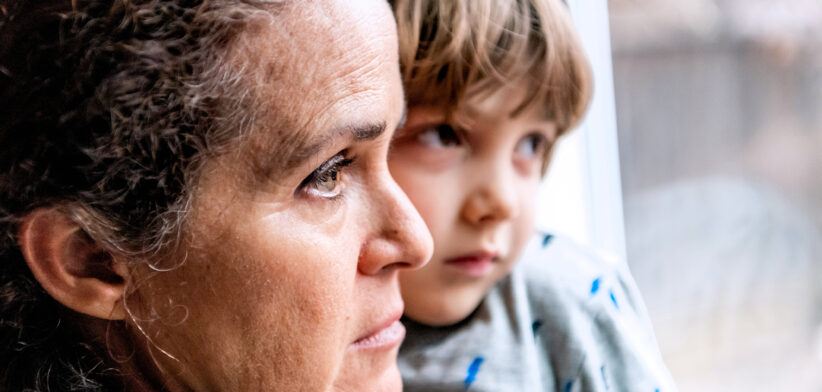The wealthiest Australians lifted their net worth by 84 percent over the past 20 years as the gap between rich and poor continued to grow.
Research released today by the Australian Council of Social Service (ACOSS) and the University of NSW showed lower-wealth households increased their worth by only 55 percent over the same period.
The Inequality in Australia 2024 report says the average household worth of the wealthiest 10 percent of the population is now $5.2 million. For the bottom 60 percent of households, it is $343,000.
The report re-enforces the impact of rising housing costs on wealth, with Australians over 64 making up a significant proportion of the national wealth growth.
The average over-65 household is 25 percent wealthier (with $1.58 million) than the average middle-aged household (with $1.26 million) and almost four times as wealthy as the average under-35 household (with $410,000).
There is also an emerging disparity in the economic value of different groups of younger Australians.
“Wealth inequality is growing among households aged under 35, even though they hold just 5 percent of all wealth,” the report authors said.
“The average wealth of the highest 10 percent rose from $928,000 to $2 million (an increase of 126%) since 2003.
“At the same time, the average wealth of the lowest 60 percent of younger households – largely excluded from home ownership – rose just $68,000 to $80,000 (39 percent).”
Despite the growing wealth gap, wage inequality fell between 2021 and 2023 with wage growth for the lowest 10 percent up 4.9 percent compared with a 3.3 percent rise for the highest 10 percent of income earners.
ACOSS CEO Cassandra Goldie described the overall increasing inequality as “disturbing”.
“Without major reform to housing, superannuation tax breaks and income support, the divide between those with the most and those with the least will continue to deepen,” she said.
“The fastest and most efficient way to support those worst affected by income inequality is by raising the rate of JobSeeker to at least the pension rate of $80 a day.
“Reducing tax concessions for negative gearing and capital gains, as well as superannuation, that speed wealth accumulation among the highest 10 percent and increase housing prices would help stem growth in wealth inequality.”
Scientia Professor Carla Treloar from UNSW Sydney said: “This research shows that the main cause of income inequality is unequal distribution of earnings, through inequality of paid working hours and hourly wages.
“It shows, too, that the solid increase in employment over the past couple of years has reduced individual earnings inequality.”
Mission Australia CEO Sharon Callister said frontline staff were witnessing every day “the faces of individuals and families struggling against the tide of inequality.”
“We call for a more equitable Australia where everyone is afforded dignity and has the opportunity to thrive,” she said
Jesuit Social Services CEO Julie Edwards said the current cost of living “crisis” was compounding the growing inequality over time.
“Raising the rate of Jobseeker to at least $80 a day should be the starting point to begin lifting people on income support above the poverty line, which will ultimately help to prevent homelessness and give more people a chance to lead positive lives,” she said.
The full report can found found on the ACOSS website.








